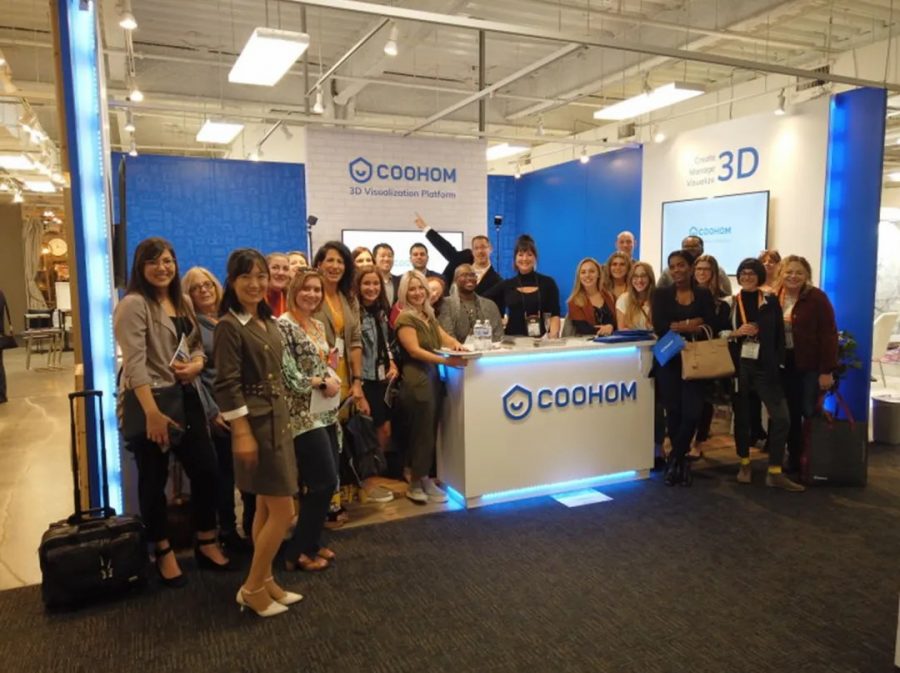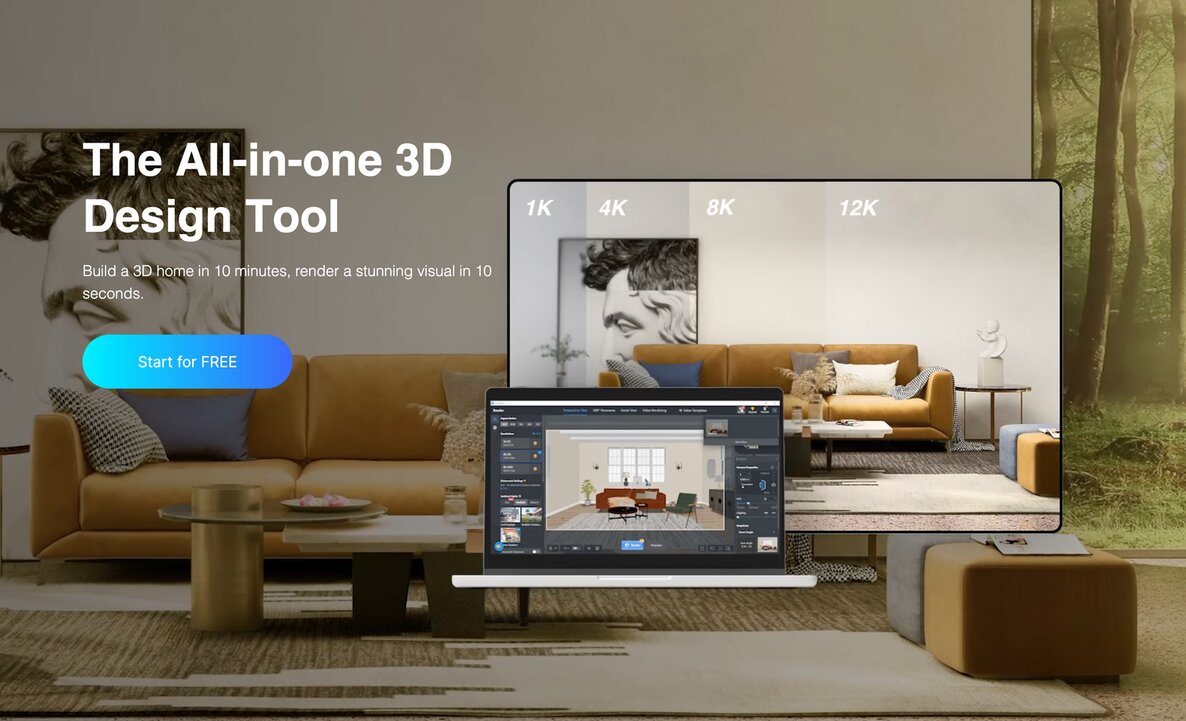On June 28, at the 2025 Global Enterprise Expansion Summit in Shenzhen, Chen Hang, co-founder and CEO of Coohom’s parent company, shared insights on how AI-driven spatial design software can succeed on the global stage. As Coohom continues evolving from a leading 3D cloud design tool at home to a truly global product, its story is a valuable reference for technology companies aiming for international growth.
This article outlines Coohom’s global expansion journey, highlighting how a strong technological foundation, user-centric localization, and AI-powered service enablement have shaped its success worldwide.

Building a Strong Foundation with Advanced 3D Cloud Design
Coohom’s origins lie in addressing the challenge of creating accessible, high-quality 3D design tools that empower users to visualize spaces efficiently. By leveraging cloud computing and GPU acceleration, Coohom dramatically reduced rendering times from days to just seconds, significantly lowering barriers for designers, manufacturers, and end users.
This breakthrough in speed and usability quickly led to Coohom becoming a market leader in home space design, recognized for its ability to combine powerful technology with user-friendly workflows. This deep technical expertise established the bedrock for future international growth.
From a Proven Product to a Global Solution
Successfully validated in a complex home market, Coohom faced the challenge of adapting its product for diverse international audiences. The strategy focused on:
- Upgrading core technologies to meet global standards.
- Enabling multi-language support including English, Korean, Hindi and more.
- Adapting user interfaces and workflows to accommodate regional design preferences and work habits.

Localization in Action: Stories from Three Key Markets
South Korea: Integrating into Local Business Ecosystems
South Korea was chosen as the first landing point for Coohom’s global expansion. The residency styles and daily habits closely resemble those in other East Asian countries, making initial adaptation manageable.
In 2019, a collaboration with Hanssem, a major home furnishing company, allowed Coohom to seamlessly integrate into their end-to-end business workflow—from marketing and selling to production and installation—enabling smarter operations and contributing directly to business growth.
North America: Tailoring to Industry and User Norms
The North American market presented distinct challenges with significantly different industry standards and user expectations. To better serve this market, Coohom:
- Simplified the interface, aligning with user preferences for streamlined interactions.
- Expanded the library of product models and adapted coding to match local manufacturing conventions.
- Strictly adhered to regional units of measurement, drawing standards, and documentation formats.
This tailored approach, coupled with launching new modules like kitchen and wardrobe design tools, helped solidify user adoption and expand presence in the U.S. market.
India: Digital-Led Growth and Local Partnership
India’s rapidly growing digital ecosystem created an ideal environment for Coohom’s product-led growth strategy. By intensifying online marketing efforts and closely collaborating with a local team, Coohom enhanced user acquisition and retention, steadily establishing a trusted presence in this important emerging market.

Empowering Businesses Globally Through AI-Driven Services
Beyond software, Coohom is actively empowering cross-border e-commerce enterprises to visually communicate their products across cultures. For example, a manufacturing client specializing in children’s and pet products transformed from primarily OEM operations to a global brand within 60 days. They managed to produce over 1200 culturally tailored marketing visuals with just two designers—emphasizing how scalable design tools and AI enable efficient content generation.
Coohom’s digital asset library currently includes more than 5000 curated studio environments and over 300,000 accessory models, helping brands quickly create localized, high-quality product imagery that resonates with diverse markets.
Embracing Open Innovation: From Data to AI Models
As Coohom deepens its global footprint, it is increasingly focusing on open collaboration and technology sharing.
- The Company has curated one of the world’s largest interactive 3D interior datasets, “InteriorNet,” a critical resource enabling AI models to better understand physical spaces.
- Building on that, Coohom developed and open-sourced SpatialLM, an advanced spatial understanding model enabling machines to interpret and reason about human environments. Since release, SpatialLM has rapidly climbed the ranks of leading AI tools worldwide.
This commitment to open data and models lowers barriers to innovation across the spatial intelligence field and positions Coohom as a foundational infrastructure provider for future AI-enabled applications.

Coohom’s success highlights several key lessons for companies aiming to scale internationally in technology-driven sectors:
- Expansion is more than geographic—it requires embedding deeply into local cultures and user practices.
- Confidence in homegrown technical strengths, combined with openness to learn and adapt, fuels sustained growth.
- Maintaining product and technology innovation is vital to staying relevant and competitive across markets.
Coohom looks forward to continuing this journey of global partnership and innovation—empowering creators, manufacturers, and enterprises worldwide to build better spaces through the power of AI and cloud-based design.

